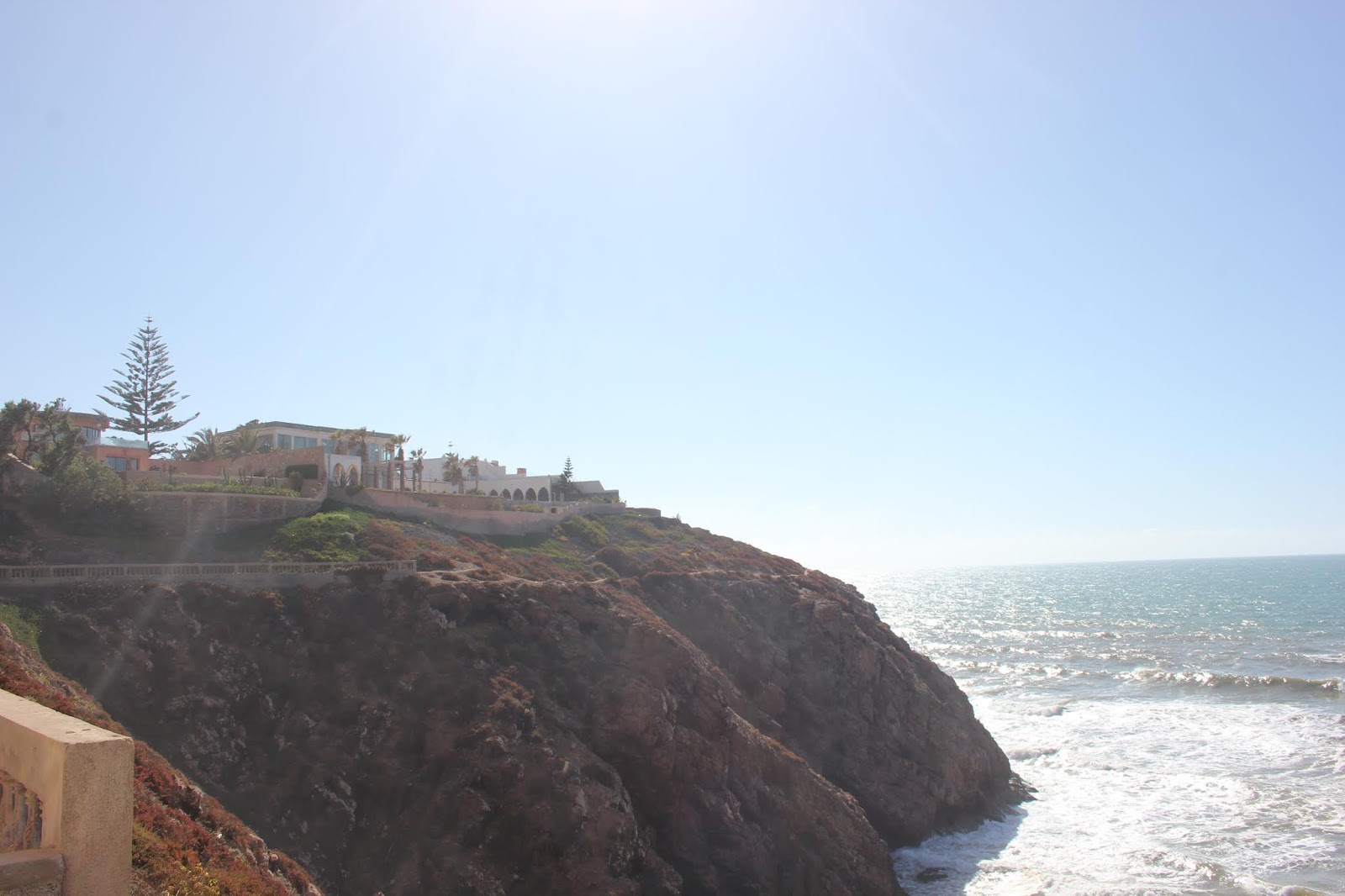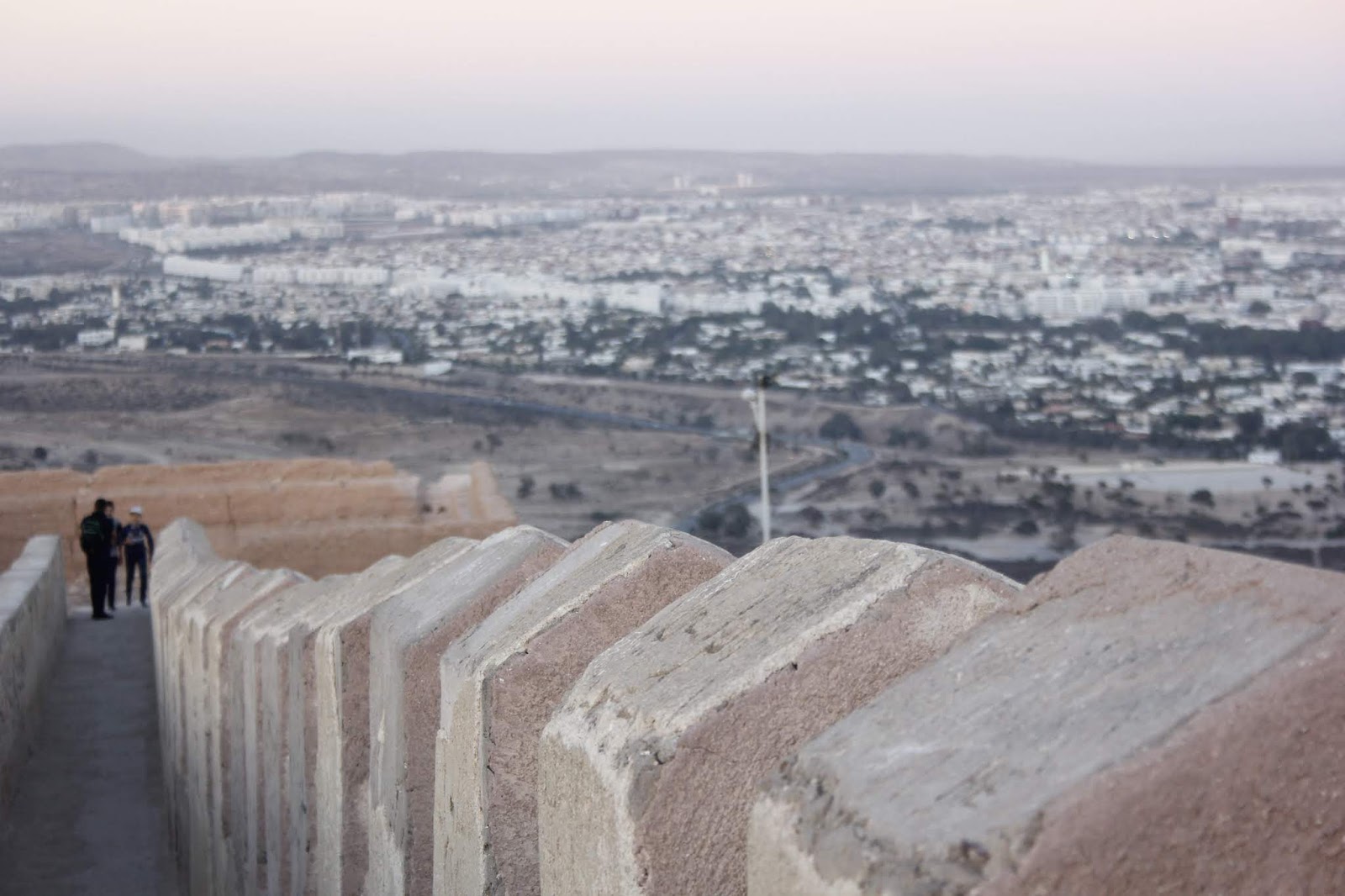AGLOU BEACH MOROCCO
Aglou, one of the most beautiful beaches of Morocco, is known to attract certain varieties of fish such as sea bream, sea bass (bars), marbled, sar, croaker and octopus. The sar is one of the most exciting fish to fish for its combativeness, while some croakers weigh up to 70 kg.
Aglou beach is a charming fishing village bathing on the facade of the Atlantic coast. The village of Aglou is located only an hour south of Agadir and Al Massira airport. It represents the maritime extension of the city of Tiznit, 12 kilometers away. Aglou is, moreover, the privileged place of the beautiful region of Souss-Massa Drâa, ideal for a trip by the sea. This holiday site is a place where the sea meets the Moroccan desert. A place all the more famous for its immense paradisiac beaches of fine sand and its cliffs on the Atlantic Ocean.
Today, Aglou has become a resort for nature lovers looking for a peaceful paradise by the sea. To make your stay with family or friends pleasant, small traders can bring you all the products daily consumption. In addition, daily coach connections can take you to the city of Tiznit. You can find all the necessary services (banks, restaurants, ...), not forgetting its traditional market known for these wonders from Moroccan crafts: leather work, silver jewelry.
The extent of its beautiful white sand beach is one of the characteristics of Aglou. But the Atlantic coast also has many almost inaccessible coves, as well as sand dunes shaped by the wind of the Moroccan desert. During walks by the sea, the landscape reveals beautiful breathtaking deserted beaches. It will nevertheless be necessary to pay attention and do not forget your sunscreen to protect your skin because the sun is watching.
As for the caves of Aglou, they are dug in the cliffs by former fishermen. Some are designed to spend a wonderful holiday with family or friends close to the sea.































